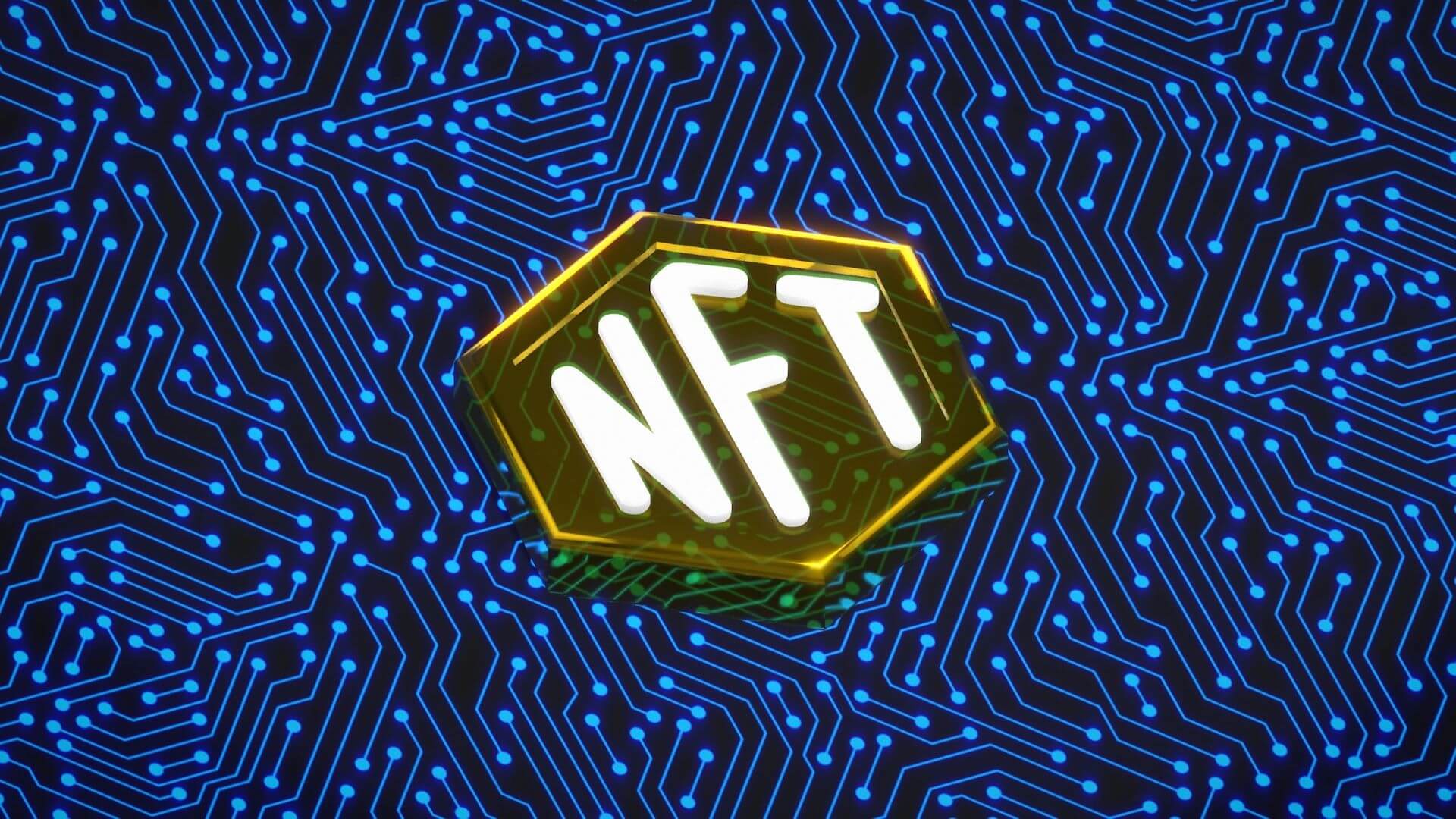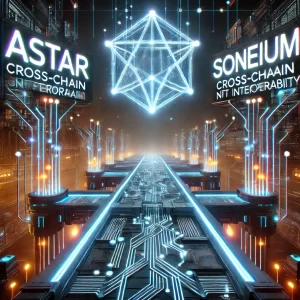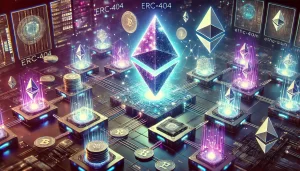Cryptocurrencies and non-fungible tokens (NFTs) have gained tremendous popularity in recent years, with Bitcoin leading the way in the financial market and NFTs revolutionizing the art world. However, the demand for these digital assets has created a new trend in the market known as ordinals.
What are ordinals?

Ordinals represent a new way of measuring the value of Bitcoin and NFTs, where each unit is assigned a unique number or ordinal. This method differs from the traditional way of measuring value, where the price is denominated in a specific currency, such as the US dollar. Instead, the ordinal system assigns a unique number to each Bitcoin or NFT unit, making it easier to track the value of a specific unit over time.
The concept of using ordinals in the Bitcoin market stems from the idea of Satoshis, which is the smallest unit of Bitcoin. One Satoshi is equal to one hundred millionth of a Bitcoin, making it easier for people to transact with fractions of a Bitcoin. Similarly, the ordinal system assigns a unique number to each Bitcoin unit, making it easier to transact with smaller amounts.
Ordinals and NFTs
The use of ordinals has also been seen in the NFT market, where it is being used to track the value of NFTs. Some NFTs are sold for millions of dollars, making them highly valuable assets. The use of ordinals in the NFT market makes it easier to track the value of these assets and compare them to other NFTs.
One of the benefits of using ordinals in the Bitcoin and NFT markets is that it provides a more accurate and consistent way of measuring value. Unlike traditional currencies, the value of Bitcoin and NFTs can fluctuate rapidly, making it difficult to track the actual value of a specific unit. However, with the use of ordinals, the value of each unit remains constant, making it easier to compare the value of different units over time.
Another benefit of using ordinals is that it makes it easier to transact with smaller amounts. In the Bitcoin market, transactions can be made with fractions of a Bitcoin, making it easier for people to transact with smaller amounts. Similarly, in the NFT market, the use of ordinals makes it easier to transact with smaller fractions of NFTs, making it more accessible to a wider range of buyers.
However, the use of ordinals has also created controversy in the Bitcoin and NFT markets. Some people argue that the use of ordinals could lead to a more speculative market, where people are buying and selling Bitcoin and NFTs based solely on their assigned number, rather than their actual value. This could lead to a situation where the market becomes disconnected from the real value of these assets, leading to a potential bubble.
Despite the controversy, the use of ordinals in the Bitcoin and NFT markets has already gained traction, with several platforms and exchanges adopting this new approach. The benefits of using ordinals, such as providing a more accurate and consistent way of measuring value and making it easier to transact with smaller amounts, make it an attractive option for many people.
However, it is essential to consider the potential drawbacks of the ordinal system. It is possible that the use of ordinals could lead to a more speculative market, where people are buying and selling based on a unit’s assigned number rather than its actual value. Additionally, it is possible that the use of ordinals could lead to a market that becomes disconnected from the real value of these assets, leading to a potential bubble.
In conclusion, the use of ordinals is changing the way we measure the value of Bitcoin and NFTs. While it has its advantages and disadvantages, the increasing popularity of this new approach suggests that it is here to stay.









